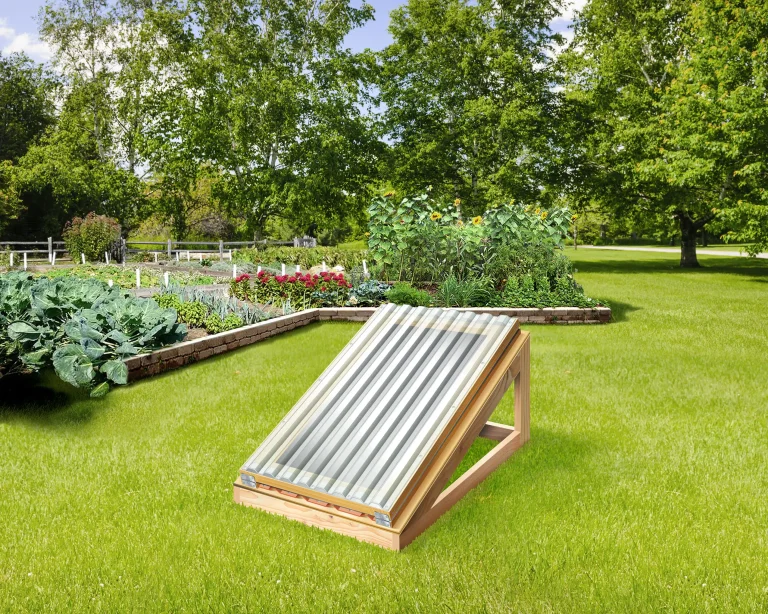Last time I wrote about home schooling, I told you how I led my kids in learning while also keeping up with my work supporting a family and running our 90 acre homestead. The trick, as I’ve discovered, is letting my kids teach themselves. I simply set out daily expectations, then make sure those expectations are met at the end of each day. Information is not scarce these days, as it was when teachers and classrooms were first invented as a way of educating children. These days the world is awash with knowledge. Besides books, the internet brings the world’s best teachers to every child who can get online. Kids can find all this stuff easily enough on their own if they’re expected to. Using my methods, they learn the content but they also learn to teach themselves. This is not the way I see most home schooling parents do it, but it’s not the only thing I do differently. My home schooling also has a different focus.
One thing I’ve learned about life in the modern world is that bureaucracy spreads. You see this in all areas of life. When you’re a hammer, everything looks like a nail. And when you’re a bureaucrat, everything looks like it needs more regulation. You see this everywhere, including education.
When I began home schooling back in 2009, I thought a good place to begin was by reading the official curriculum documents put out by the Ministry of Education in the province of Ontario, Canada where I live. I figured they knew what they were doing and I’d base my own teaching on their lead. But have you ever read official curriculum documents? Even if you don’t home school, you should. Actually, if you don’t home school you especially need to read the curriculum. Trust me, you’ll be surprised at the level of bureaucratic gobble-dee-gook.
I tried to follow the official documents for a year before I realized something huge. The reason my kids were at the top of their class when they attended school, yet still couldn’t read, write and do math properly was because of the curriculum itself. Way too complicated, way too many unnecessary parts, and way too little focus on the three fundamental skills: reading, writing and math.
As I struggled to make sense of the official curriculum, I called up a high school teacher I know. She’s been teaching for more than 25 years, she’s great at her work, she connects with her kids and she loves her job. “How do you take the curriculum documents and turn them into actual teaching?”, I asked her. “Most of it is meaningless bureaucratic filler language, and so much of what’s required seems pointless.”
My teacher friend’s voice got quiet. “Let me tell you a secret. We teachers ask questions like this to each other in the staff room all the time. The curriculum is crazy and no teacher really follows it. We can’t. It’s written by people who have no idea what it’s like in the classroom. So we simply pick out what we can decipher, teach what we have time for, then hope the kids do well on standardized tests.”
That’s the conversation that destroyed my faith in the ability of the bureaucrats to even decide what needs to be taught, let alone ensure it happens. No doubt many teachers are doing their best, but they’ve been forced to make the best of bureaucracy gone wrong. Then there’s the whole issue of morally questionable ideas the bureaucrats have woven all through the curriculum. It’s a shocking betrayal of the health and safety of young people.
So what do I teach? First and foremost, the three fundamentals: reading, writing and math. We begin and end with these in all things. I call these three fundamentals because every other subject is secondary to them. As important as geography, history, science and other subjects are, they’re secondary because all of them sit on a foundation of reading, writing and math. If you’re weak in the basics, you’ll be weak everywhere else. So here’s how it works at our place . . .
 Our youngest daughter, Ellie, is the only one I’m home schooling now. That’s her to the left. She has an assigned school start time of 9am five days a week. I’m at my desk by 7:30 or 8:00, so this gives me time to get her work lined up. She’s 8 years old, and we’re using the Saxon system for math – grade 3 level. Ellie completes two pages of varied word-based math problems each day, plus two more sheets of multiplication, addition and subtraction sheets. Until recently, this work usually took Ellie all morning, but two days ago a light bulb went off in her head. She finally discovered that there are benefits to working efficiently. If she works harder and faster, she can be done her work sooner. This is a fundamental moment in any home schooler’s life. The day is not about putting in a certain amount of time, it’s about getting a certain amount of work done. Long day or short day doesn’t matter. The last two morning’s Ellie completed all her math in less than an hour. She’s even started tearing out her own math sheets from the book to begin working without my help.
Our youngest daughter, Ellie, is the only one I’m home schooling now. That’s her to the left. She has an assigned school start time of 9am five days a week. I’m at my desk by 7:30 or 8:00, so this gives me time to get her work lined up. She’s 8 years old, and we’re using the Saxon system for math – grade 3 level. Ellie completes two pages of varied word-based math problems each day, plus two more sheets of multiplication, addition and subtraction sheets. Until recently, this work usually took Ellie all morning, but two days ago a light bulb went off in her head. She finally discovered that there are benefits to working efficiently. If she works harder and faster, she can be done her work sooner. This is a fundamental moment in any home schooler’s life. The day is not about putting in a certain amount of time, it’s about getting a certain amount of work done. Long day or short day doesn’t matter. The last two morning’s Ellie completed all her math in less than an hour. She’s even started tearing out her own math sheets from the book to begin working without my help.
What about the other subjects? We do geography, science, history, and social studies, but always in the context of the three fundamentals. So for instance, no matter what we’re covering, Ellie needs to write an essay on the computer about what she read, watched or observed each day. Right now those daily essays are 100 to 200 words long. By high school I require that they be 500 to 600 words long. My job at the end of each day is to review the essay sent to me by email, correct the spelling, punctuation and structure, then email the marked up digital version so my kids can see how to improve. Our work together is mostly digital (even though we sit next to each other at our desks), so if either of us have to be apart during the school day, we can still get our work done.
Do you see how this approach leads to a lot of “incidental” learning? Every subject except math also teaches writing skills. Every assignment also teaches computer skills. Every subject can be tailored to the particular interests and aptitudes of the child. Music is one example . . .
We named Ellie after one of our favourite singers, Ella Fitzgerald. At the time, we had no idea if Ellie had a good voice, but as it turns out she does. Her voice is great, actually. So her home schooling now involves singing. My oldest son, Robert, is a great singer, and he plays the piano while Ellie learns songs by heart.
A while back Ellie completed a study on the instruments of the orchestra by video on www.khanacademy.com. She actually was quite resistant to this topic at first, then she discover the wonders of classical instruments. Her horizons are now expanded. There are other lessons that our home schooling teaches, too. Ellie can cook her own breakfast of fried eggs, and she heads into the house to help Mary prepare lunch, dinner and do the dishes afterwards. Learning to happily do chores is as important as anything else a child needs to learn.
Are there drawbacks to our home schooling. Yes. Ellie would be quick to point out that she doesn’t get nearly enough time with friends since she left school. She’s a super-social person, so we try to accommodate that with after-school activities, but it’s never enough for her. Nothing in life is perfect, but our home schooling is a compromise that makes sense to us.
Click here for part 1 of our home schooling story.












